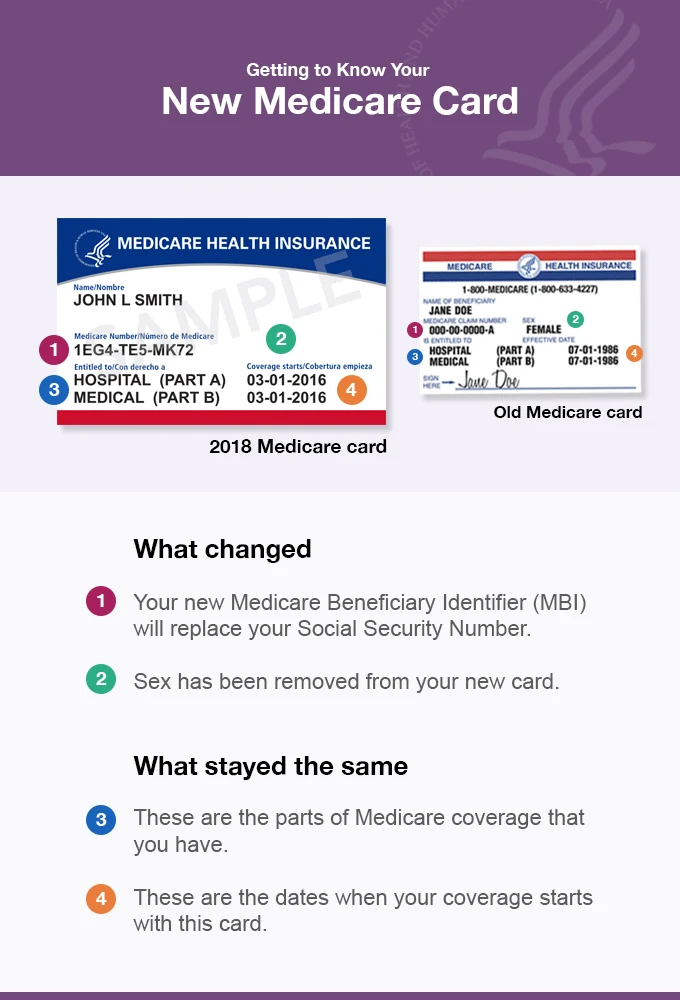With so many different types of Medicare plans available, you could easily lose track of which plan (or plans) you have. So how do you quickly find out what type of Medicare plan you have?
This guide details how to check your Medicare enrollment status and how to find out what other Medicare coverage options you may have, such as Medicare Advantage plans and Medicare prescription drug coverage.
Compare plans today.
Speak with a licensed insurance agent
Check your Medicare enrollment online
You can quickly find out what Medicare coverage you have (Part A hospital insurance and/or Part B medical insurance) by checking your enrollment status online or through a Medicare plan finder.
Check your Medicare enrollment by following these three easy steps:
- Visit the Check Your Enrollment page on Medicare.gov, the official website for Medicare.
- Fill out the requested information, including your zip code, Medicare number, name, date of birth and your effective date for Medicare Part A coverage or Part B coverage.
- Click “Continue,” and you should be taken to a page that shows the coverage that you have.
If you just recently enrolled, it may not be immediately reflected online. You may contact the plan provider directly to confirm your enrollment or check online again at a later date to see if your enrollment status has been updated.
If you are enrolled in Medicare Part A and/or Part B, your Medicare card should detail what Medicare coverage you have, as seen below.

Review your Medicare plan coverage options
It’s a good idea to review your Medicare coverage every year to make sure the benefits of your Medicare plan remain aligned with your health care needs. There are four types of Medicare coverage that are called “parts of Medicare,” as well as another type of insurance called Medicare Supplement Insurance.
The basics of each type of Medicare plan is as follows:
- Medicare Part A provides coverage for inpatient hospital stays. Every Medicare beneficiary will typically have Part A.
- Medicare Part B is medical insurance and provides coverage for outpatient appointments and durable medical equipment. Part B is optional, but is required for anyone wanting to enroll in Medicare Part C, Part D or Medicare Supplement Insurance.
Part A and Part B are known together as “Original Medicare.”
- Medicare Part C, also known as Medicare Advantage, provides all the same benefits as Medicare Part A and Part B combined into a single plan sold by a private insurance company. A Medicare Advantage plan replaces your Original Medicare coverage, although beneficiaries remain technically enrolled in Part A and Part B and continue to pay any required Original Medicare premiums.
Medicare Advantage plans may offer benefits not covered by Original Medicare.
- Medicare Part D provides coverage for prescription medications, which is something not typically covered by Original Medicare. Part D beneficiaries must be enrolled in both Medicare Part A and Part B.
- Medicare Supplement Insurance, also called Medigap, provides coverage for some of the out-of-pocket expenses faced by Original Medicare beneficiaries, such as Medicare deductibles and coinsurance or copayments.
There are 10 Medigap plans from which to choose (in most states), and beneficiaries must first be enrolled in both Part A and Part B.
An annual review of your Medicare coverage can help you determine if your plan combination is right for your needs.
Also know that you can always use the medicare phone number for customer service for any additional questions or concerns!
For example, if you’re spending a considerable amount of money on prescription drugs, a Medicare Part D plan or a Medicare Advantage Prescription Drug plan may be something to consider.
Compare plans today.
Speak with a licensed insurance agent
Or you can visit MyRxPlans.com to compare Part D prescription drug plans online.
Make changes to your Medicare plan coverage during the right time of year
One especially useful time to review your Medicare coverage is during the fall Medicare Open Enrollment Period, sometimes called the Annual Enrollment Period or AEP.
The Medicare Open Enrollment Period lasts from October 15 to December 7 every year. During this time, qualified Medicare beneficiaries may do any of the following:
- Change from Original Medicare to a Medicare Advantage plan
- Change from Medicare Advantage back to Original Medicare
- Switch from one Medicare Advantage plan to another
- Enroll in or drop Medicare Part D coverage
- Switch from one Part D plan to another
Outside of fall Medicare open enrollment, your opportunities to make changes to your Medicare plan can be limited.
Another time you may be able to change your Medicare plan include:
- Special Enrollment Periods (SEP)
You could potentially qualify for a Special Enrollment Period at any time throughout the year, if you meet one of a set of certain circumstances. This can include moving out of the area serviced by your current plan, losing your current plan because it is no longer offered in your area, and a number of other certain circumstances.











